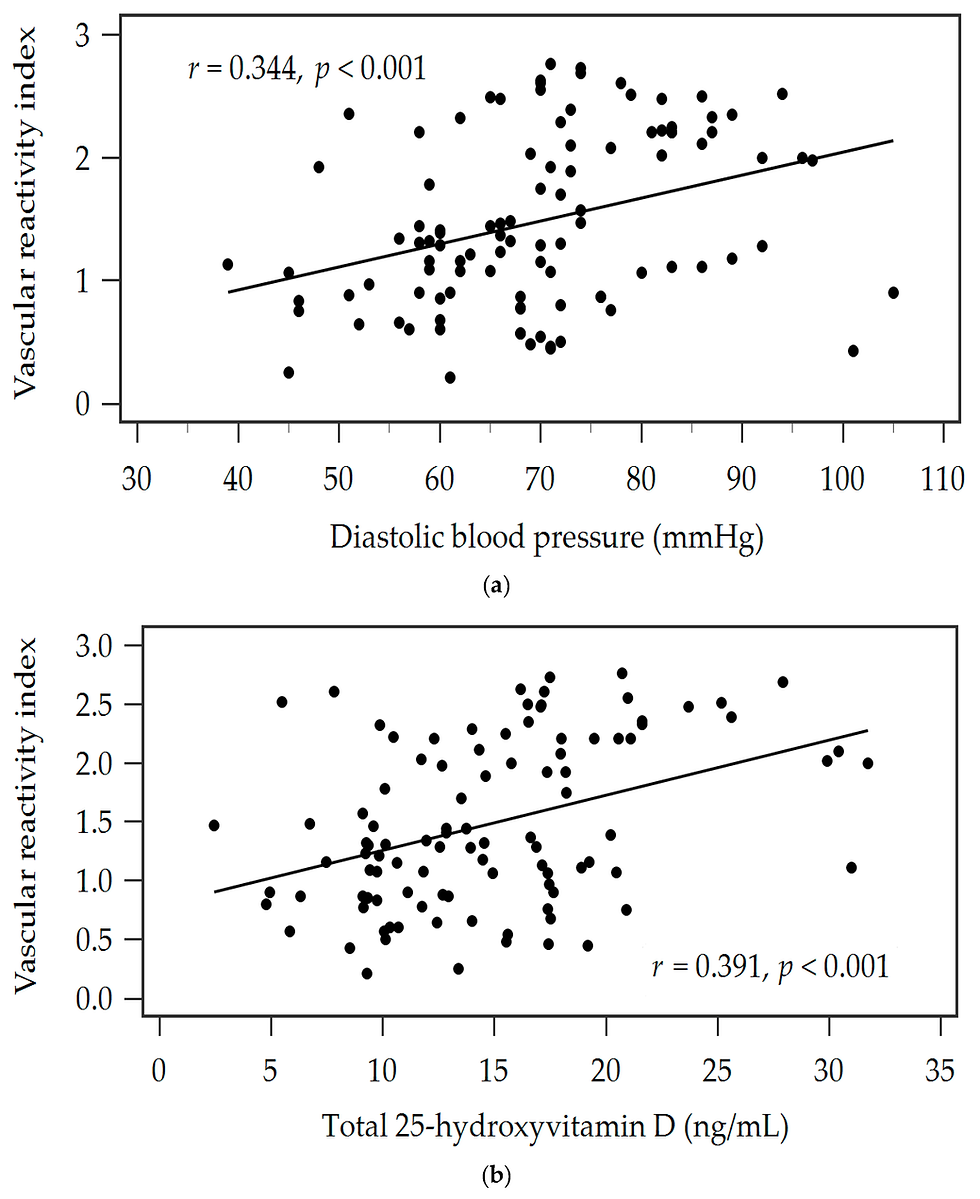Association of coronary artery calcium score and vascular dysfunction in long-term hemodialysis ...
- heartlung
- Jan 9, 2023
- 2 min read
Association of coronary artery calcium score and vascular dysfunction in long-term hemodialysis patients.
Irfan Zeb, Naser Ahmadi, Miklos Z Molnar, Dong Li, Ronney Shantouf, Parta Hatamizadeh, Taeyoung Choi, Kamyar Kalantar-Zadeh, Matthew J Budoff
Hemodial Int2013 Apr;17(2):216-22.
Abstract Long-term hemodialysis patients are prone to an exceptionally high burden of cardiovascular disease and mortality. The novel temperature-based technology of digital thermal monitoring (DTM) of vascular reactivity appears associated with the severity of coronary artery disease in asymptomatic population. We hypothesized that in hemodialysis patients, the DTM and coronary artery calcium (CAC) score have a gradient association that follows that of subjects without kidney disease. We examined the cross-sectional DTM-CAC associations in a group of long-term hemodialysis patients, and their 1:1 matched normal counterpart. Area under the curve for temperature (TMP-AUC), the surrogate of the DTM index of vascular function, was assessed after a 5-minute arm-cuff reactive hyperemia test. Coronary calcium score was measured via electron beam computed tomography or multidetector computed tomography scan. We studied 105 randomly recruited hemodialysis patients (age: 58 ± 13 years, 47% men) and 105 age- and gender-matched controls. In hemodialysis patients vs. controls, TMP-AUC was significantly worse (114 ± 72 vs. 143 ± 80, P = 0.001) and CAC score was higher (525 ± 425 vs. 240 ± 332, P < 0.001). Hemodialysis patients were 14 times more likely to have CAC score >1000 as compared with controls. After adjustment for known confounders, the relative risk for case vs. control for each standard deviation decrease in TMP-AUC was 1.46 (95% confidence interval: 1.12-1.93, P = 0.007). Vascular reactivity measured via the novel DTM technology is incrementally worse across CAC scores in hemodialysis patients, in whom both measures are even worse than their age- and gender-matched controls. The DTM technology may offer a convenient and radiation-free approach to risk-stratify hemodialysis patients.
Read Full Text Here: https://onlinelibrary.wiley.com/doi/10.1111/j.1542-4758.2012.00739.x
© 2012 The Authors. Hemodialysis International © 2012 International Society for
Hemodialysis.



![Lipoprotein(a) levels predict endothelial dysfunction in maintenance hemodialysis patients: evidence from [VENDYS] vascular reactivity index assessment](https://static.wixstatic.com/media/dac531_5285607cc591409a9d83746f042af7c6~mv2.png/v1/fill/w_980,h_980,al_c,q_90,usm_0.66_1.00_0.01,enc_avif,quality_auto/dac531_5285607cc591409a9d83746f042af7c6~mv2.png)
Comments